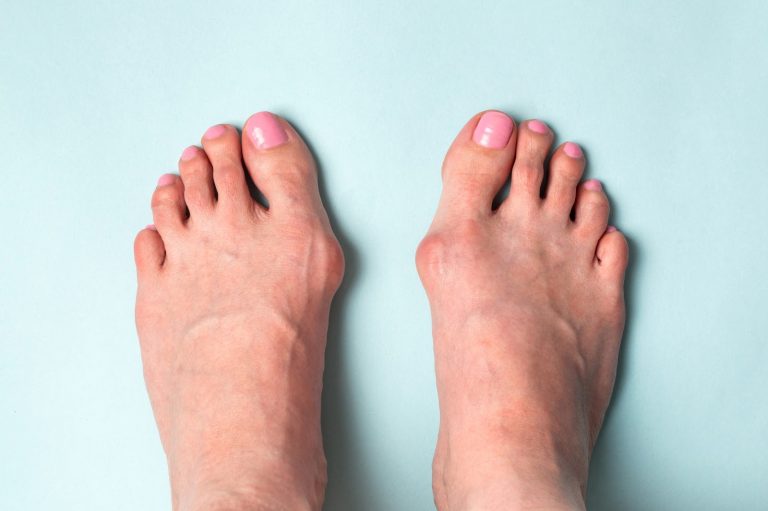Beautiful Plants For Your Interior

Here’s How to Tell If It’s a Herniated Disc or a Pulled Muscle
You roll out of bed with sharp back pain. Is it a slipped disc? Did you pull a muscle lifting something yesterday? Knowing the difference is key to finding the right relief faster.
Back pain affects nearly 40% of people every year.
And while it’s often just referred to as “back pain,” not all back pain is created equal. In fact, the cause, symptoms, and treatment can be completely different depending on what’s going on.
And that makes all the difference in how you heal.
First Things First: What Is a Herniated Disc?
Your spine is made up of 33 vertebrae stacked on top of each other. Between them are soft, jelly-like discs that absorb shock and allow your spine to move smoothly.
Sometimes, one of these discs can rupture or slip out of place, and the inner gel pushes out. That’s what’s called a herniated disc, or a slipped disc.

The blue areas represent the discs located between the vertebrae. The red highlights a herniation, where the disc material is bulging out and pressing on nearby peripheral nerves, shown in yellow.
How Do You Know It’s a Herniated Disc?
Because nerves branch out from the spine, when a disc presses on a nerve, you’ll likely feel pain in other parts of your body. This is known as referred pain.
You might notice:
- Tingling, numbness, or shooting pain down your leg or arm
- Muscle weakness in the affected limb
- Sciatica (pain running down the back of the leg)
- Neck disc issues can cause pain or tingling in your shoulders, arms, or hands

Where the disc herniates affects where you feel the pain. This diagram shows which parts of your body are connected to each section of the spine.
If you are dealing with sciatica, you might interested in my post: 5 Natural Remedies For Sciatica Pain Relief That Actually Work.
Where are Herniated Discs Located?
These are specific to the spine and most often occur in the lower back (lumbar spine) and neck (cervical spine).
When a disc herniates, it can press on nearby nerves, leading to symptoms like radiating pain, numbness, or tingling down the arms or legs.
And What About a Muscle Strain?
A pulled muscle, more formally known as a muscle strain, occurs when muscle fibers are overstretched or torn.
This can occur from things like working out too hard, lifting something heavy, falling, or just having bad posture from slouching at a desk all day (I am definitely guilty here).

Muscle strains can range from mild to severe. A grade 1 strain involves just a few overstretched or slightly torn muscle fibers, while a grade 3 strain is a complete tear of the muscle.
What does a Pulled Muscle feel like?
- Tightness or stiffness in the muscle
- Pain that’s only in one area (not shooting or radiating)
- When you try to press on the area, the pain gets worse
- If you try to use the muscle, the pain increases
And Where Are They Found?
These can happen pretty much anywhere you have muscles.
However common areas include:
- The Lower Back
- Neck
- Shoulders
- Hamstrings or Quadriceps
And to remind you again, the pain is localised — you feel pain in the area that has a strain and not anywhere else.
Relief for Muscle Strain vs. Herniated Disc

For Muscle Strains:
The go-to approach is the R.I.C.E. method:
- Rest
- Ice
- Compression
- Elevation
You can also take over-the-counter meds like ibuprofen to manage the pain.
Once things calm down, gentle stretching and maybe a bit of physical therapy can help you regain strength and flexibility.
Most strains heal in a few days to a couple of weeks.
For Herniated Discs:
Treatment might take a little more time and structure. It could include:
- Anti-inflammatory meds
- Physical therapy to relieve pressure on the nerves
- Possibly steroid injections if the pain sticks around
Recovery can take several weeks to a few months, depending on how severe it is.
When to see a doctor?
While minor strains often heal on their own with rest and self-care, some symptoms should prompt a visit to a healthcare provider:
- Pain that persists beyond a few weeks
- Numbness, tingling, or weakness in the arms or legs
- Difficulty standing, walking, or moving normally
- Loss of bladder or bowel control (a medical emergency)
Doctors may order imaging tests like an MRI or X-ray to help diagnose a herniated disc or rule out other issues.
Final Thoughts
Understanding the difference between a pulled muscle and a herniated disc is key to getting the right treatment and feeling better faster.
If your pain is localised, came on after a tough workout or poor posture, and improves with rest, it’s probably a muscle strain. With a little care, you’ll likely be back to normal soon.
But if your pain is sharp, radiates down your arm or leg, or comes with numbness or weakness, it’s worth getting checked out. A herniated disc isn’t something to ignore, and early treatment can make a big difference in your recovery.


